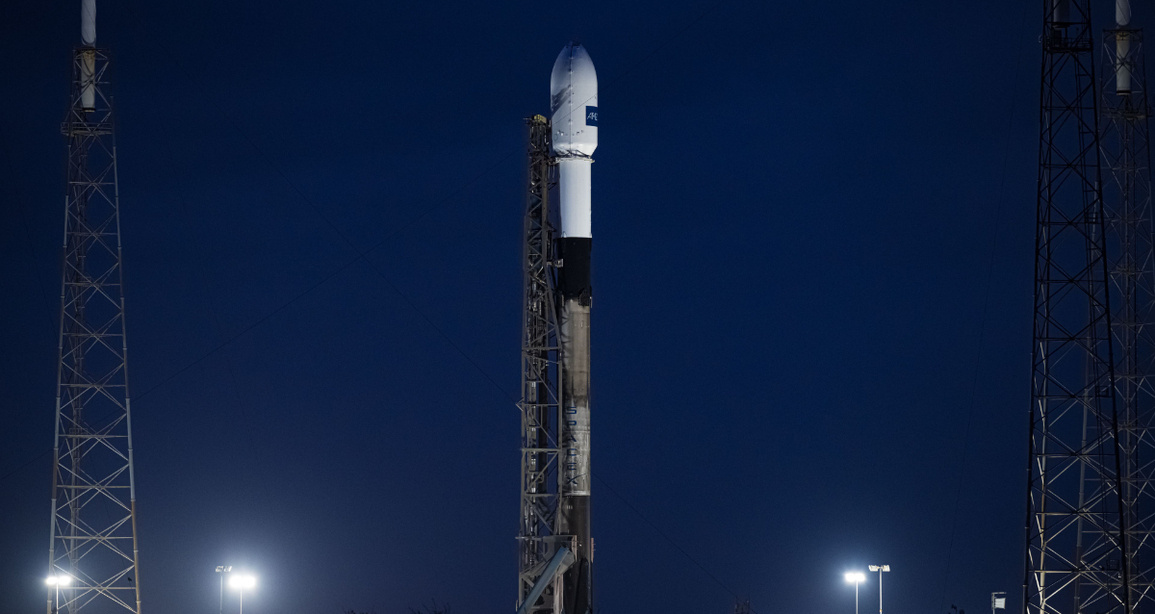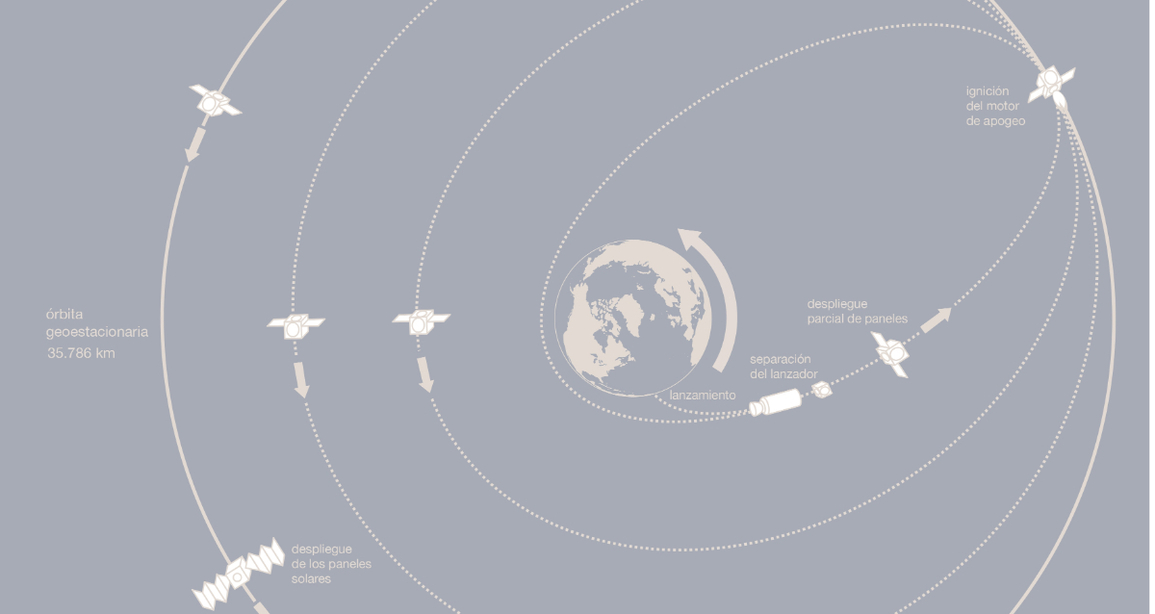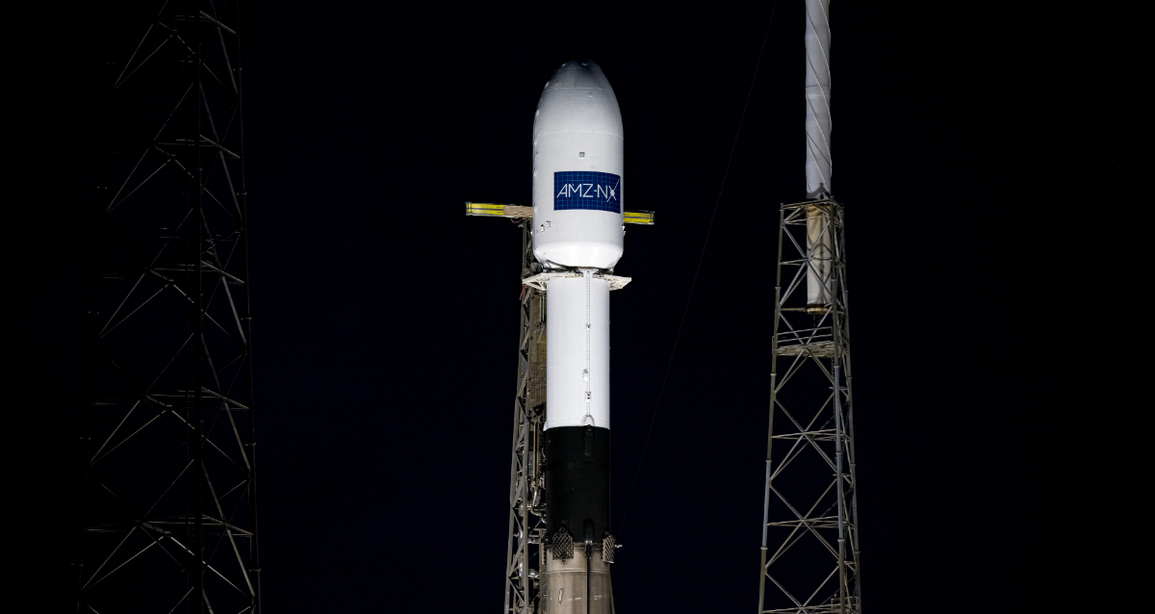
|
06 febrero 2023
1- Launch
The launch of the Amazonas satellite will have a total approximate duration of just over 30 minutes. After takeoff of the launcher, the separation of the first stage occurs at approximately + 02:45 minutes, followed by the ignition of the second stage. At +03:45 minutes the fairing housing the satellite separates. These elements begin their reentry and recovery operations until the landing of the first stage on the unmanned maritime platform, and the collection of the two parts of the fairing/coping at sea.
2- Separation of the launcher
The mission continues with several shutdowns/restarts of the launcher's second propulsion stage until its complete shutdown. The mission ends at +33:00 minutes with the separation of the satellite upon reaching the geosynchronous transfer orbit, from which the satellite will arrive by its own “all-electric” ion propulsion system to the assigned orbital position in the orbit.
3- Partial deployment of panels
The partial deployment of solar panels allows the satellite to have its own energy until it reaches the orbital position, and in periods in which there is no solar lighting it has batteries that continue to power all the onboard equipment during the EOR phase.
4- ELECTRIC ORBIT RAISING (EOR)
The AMAZONAS NEXUS all-electric satellite has ionic thrusters that use electrical energy as the primary source for thrust, unlike classic chemical propulsion satellites that use fuels such as hydrazine, both to reach the orbital position in geostationary orbit. As for its orbital life of 15 years, the ion thrusters have a lower thrust, the duration of this phase called EOR being a little less than 4 months, nevertheless signifying a very important advance of this technology compared to chemical propulsion, for the advantages of reducing launch mass, increasing the amount of equipment/payload to provide communications services.
5- Deployment of the solar panels (already in geostationary orbit at 35,786 km)
The total deployment of solar panels allows reaching the maximum electrical power configuration to provide communications services during its useful life, complemented by a battery system that guarantees the total operation of the satellite in the eclipse periods that occur around the equinoxes. spring and autumn with a maximum daily duration of 72 minutes.
6- Deployment of the antennas and placement in their position
During the launch, the antennas that allow the satellite's communications services to be provided are folded on the body of the satellite, so that they can be housed in the fairing/hood of the launcher. Upon reaching the geostationary orbit, the antenna reflectors are deployed through telecommand orders sent from the Control Center. Once the antennas are deployed, the satellite will be ready to undertake the in-orbit testing phase (In Orbit Test/IOT), in which it will check the state and performance of the satellite once it has passed the launch and the EOR phase, before entering into operation. commercial exploitation and provide the services for which it has been designed, reaching the final orbital position assigned at 61ºW through very precise maneuvers.

06 febrero 2023
We detail the approximate times prior to the launch of the Amazonas Nexus.

06 febrero 2023
Today, we launched our 13th satellite in the HISPASAT fleet and therefore, we wanted to collect useful information about the mission.